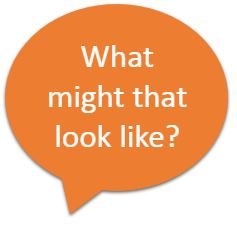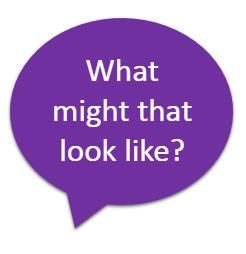| FIRST LEVEL | TECHNOLOGIES | |
| Experiences and Outcomes | Benchmarks | |
| Organiser – Digital Literacy | • Demonstrates understanding of my rights and responsibilities as a digital citizen.
• Demonstrates understanding of the potential dangers online and who to go to for advice and who to report a concern to. • Demonstrates an understanding of the need for strong passwords. • Explains the need to get a person’s permission before taking a picture or video of them. |
|
|---|---|---|
| Cyber resilience and internet safety | ||
| I can extend my knowledge of how to use digital technology to communicate with others and I am aware of ways to keep safe and secure.
TCH 1-03a Links to: Health & Wellbeing – Mental, Social, Emotional & Physical Wellbeing – Physical Wellbeing HWB 1-16a & 1-17a
|
||
 |
Progression |
|
| For a range of purposes across my learning & play I can/am able to | For a range of purposes across my learning & play I can/am able to | For a range of purposes across my learning & play I can/am able to |
| Explore & learn how to use digital technologies which help us communicate with others e.g. co-writing class Tweets, beginning to use Conversation tool in Microsoft Teams. | Explore appropriate online communities & begin to talk about how this form of digital technology can help people e.g. positive & negative impact of social media | Talk about how digital technologies affect my rights & responsibilities as a citizen. |
|
“When learning about Health & Wellbeing learners might: * Explore friendships and discuss ‘who are our friends’ and ‘are people we meet online really friends?’ |
||
|---|---|---|
| With support, begin to explore & say how digital communication can hurt or endanger people including myself. | With support, begin to talk about the dangers of online communication & explore who can help or advise me. | Talk about the dangers of online communication & say who can help & advise me. |
| Begin to use, create & recall strong passwords & codes. | Say what personal information I should keep private e.g. name, address, date of birth, passwords etc. | Create & use strong passwords & codes for different purposes across my learning & real life. |
| Password Guidance from Education Scotland Glow Connect | ||
| Talk about how I should & should not communicate online e.g. courteous, honest, kind. | Say how I can help protect other peoples’ privacy and rights when I use digital technology e.g. get permission before sharing photographs, not sharing their personal information. | With support, explore & talk about how the things I do online are observed & can be traced back to me e.g. Microsoft Teams |
|
“When learning about Internet Safety learners might: * Describe the features of their secure and unique password and why it might be difficult for others to guess |
||
|
|
||
|
|
||
|
|
||
 From Education Scotland National Improvement Hub “What digital learning might look like”:
From Education Scotland National Improvement Hub “What digital learning might look like”: From Education Scotland National Improvement Hub “What digital learning might look like”:
From Education Scotland National Improvement Hub “What digital learning might look like”: